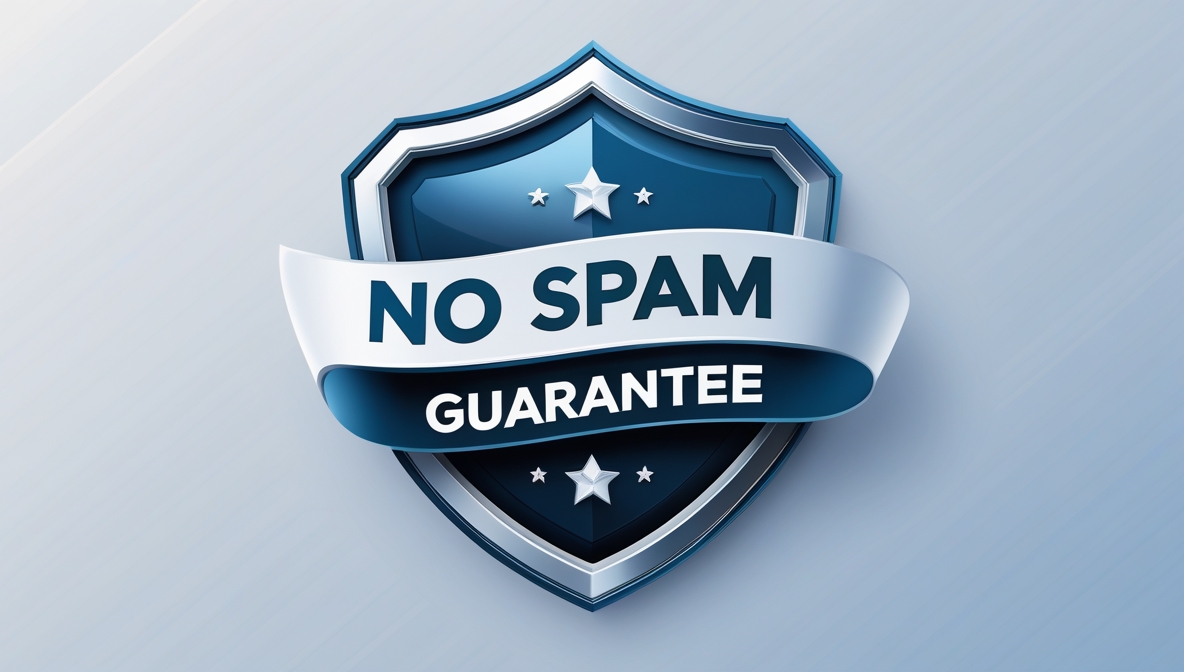This IT Strategy Framework is a powerful, structured model designed to align information technology initiatives with business objectives, ensuring optimal IT investments and future-ready strategies. This robust framework to create an IT Strategy empowers CIOs and IT leaders to navigate the dynamic digital landscape, fostering business-IT alignment, enhancing operational efficiency, and driving competitive advantage. By integrating key components such as current IT landscapes, emerging technology trends, and performance metrics, this IT strategic planning framework provides a holistic roadmap for effective IT strategy development.
Why You Need this Framework for IT Strategy
Crafting a comprehensive IT Strategy is critical yet challenging. Many CIOs struggle with aligning IT goals with business objectives, managing budgets, and staying ahead of disruptive trends. The IT Strategy Framework addresses these pain points by offering a systematic, industry-proven framework to develop an IT Strategy that ensures all critical factors are considered. This technology strategy framework helps organizations create a cohesive, forward-thinking IT plan that drives measurable value.
Key Challenges Addressed by the IT Strategy Framework
- Business-IT Alignment: Aligning IT initiatives with business goals is a top priority for IT leaders. This strategic IT framework guides CIOs through a structured process to assess organizational objectives and align IT strategies accordingly, ensuring every IT decision delivers business value.
- Managing IT Investments: Efficient resource allocation is vital for maximizing ROI. This framework for IT Strategy identifies high-impact technological investments, enabling better budget prioritization and project planning for sustainable growth.
- Staying Ahead of Technology Trends: The ever-changing tech landscape demands proactive adaptation. This framework to create IT Strategy includes an in-depth analysis of emerging IT trends and market dynamics, helping CIOs anticipate opportunities and mitigate risks to keep their organizations innovative.
- Measuring IT Success: Quantifying the success of IT initiatives can be complex. This IT Strategy Framework establishes clear, actionable metrics to track progress, evaluate performance, and refine strategies, ensuring long-term success.
Core Components of the Framework to Develop an IT Strategy
This holistic IT strategy model is built on best practices and consists of several key phases to guide IT leaders through the strategic planning process:
1. Assessing the Current IT Landscape
The first step in the framework for IT Strategy is conducting a thorough evaluation of the organization’s existing IT environment. This includes a SWOT analysis (Strengths, Weaknesses, Opportunities, Threats) to identify areas of improvement and potential risks. Understanding the current state ensures the IT strategy is grounded in reality and leverages existing capabilities effectively.
2. Defining Strategic IT Objectives
Next, the framework to create IT Strategy facilitates the creation of future-focused IT objectives that align with the organization’s broader business goals. By mapping IT initiatives to business priorities, CIOs can ensure their technology strategy drives measurable outcomes and supports long-term growth.
3. Analyzing Emerging Technologies and Market Trends
This IT Strategy Framework emphasizes staying ahead of the curve by analyzing emerging technology trends and market shifts. This proactive approach helps organizations identify innovative solutions, adopt cutting-edge technologies, and avoid disruptions, ensuring a future-proof IT strategy.
4. Prioritizing IT Investments
Effective resource allocation is critical for success. The framework to develop an IT Strategy guides IT leaders in identifying high-priority investments that align with strategic objectives, optimizing budgets and ensuring maximum ROI on IT projects.
5. Establishing Performance Metrics
To measure the success of the IT strategy, the IT strategic planning framework includes clear, actionable metrics for tracking implementation progress. Regular reassessments and fine-tuning ensure the strategy remains agile and effective in a rapidly changing environment.
Benefits of Using the Framework for IT Strategy
By adopting this proven IT Strategy Framework, organizations can achieve:
- Enhanced Business-IT Alignment: Seamlessly integrate IT initiatives with business goals for greater impact and value.
- Optimized IT Investments: Prioritize resources effectively to maximize ROI and drive operational efficiency.
- Future-Ready Strategies: Stay ahead of technological advancements and market trends to maintain a competitive edge.
- Measurable Outcomes: Track progress with clear metrics, ensuring continuous improvement and strategic success.
Who Can Benefit from the Framework to Create IT Strategy?
This versatile IT strategy model is designed for organizations of all sizes and industries. Whether you’re a CIO leading a large enterprise or an IT manager in a small business, this framework for IT Strategy provides a reliable roadmap for creating a strategic, effective, and innovative IT strategy. It simplifies complex decision-making, aligns technology with business priorities, and ensures long-term success in a dynamic digital world.
Conclusion
This IT Strategy Framework is an essential tool for CIOs and IT leaders seeking to align IT with business objectives, manage investments effectively, and stay ahead of technological trends. By providing a structured, comprehensive framework to develop an IT Strategy, this model empowers organizations to overcome challenges, drive innovation, and achieve sustainable growth. Start leveraging this powerful framework for IT Strategy today to transform your IT initiatives into a competitive advantage.

